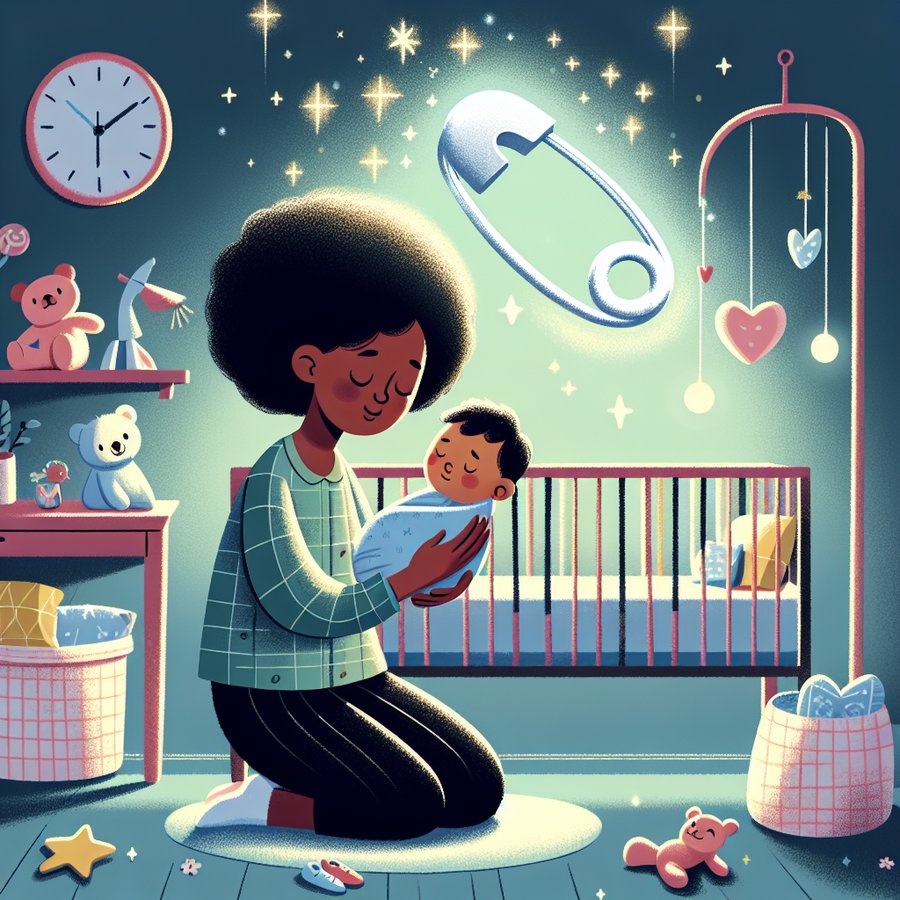Strategies for dealing with separation anxiety in babies are essential for parents and caregivers as they navigate the ups and downs of a baby’s development. This developmental phase can be challenging, but understanding and employing the right approaches can make the journey smoother for everyone involved.
Understanding Separation Anxiety in Babies
Separation anxiety in babies typically emerges around 6 to 8 months of age when infants begin to comprehend the concept of object permanence. This cognitive milestone makes babies aware that things and people exist even when they’re out of sight, leading to anxiety when separated from primary caregivers.
A study conducted by the National Institutes of Health highlights the importance of recognizing and addressing separation anxiety promptly to support emotional and psychological development. By understanding the root causes and signs of this anxiety, parents can implement strategies to alleviate distress and promote a sense of security.
Strategies for Dealing with Separation Anxiety in Babies
Employing effective strategies for dealing with separation anxiety in babies is crucial for easing the transition for both the baby and the parents. Creating a consistent goodbye routine can signal to the baby that although the parent is leaving, they will return. This routine could include a special song, a cuddle, or a wave at the window.
Gradual desensitization is another effective strategy. Start with short separations and gradually increase the time spent apart. This method helps the baby learn that separations are temporary and that their caregiver will come back. For more insights, exploring further detailed strategies can provide additional support.
Additional Tips to Support Your Baby
Beyond direct strategies for dealing with separation anxiety, there are additional ways to support your baby’s emotional well-being. Encouraging strong attachments with other family members or caregivers can provide your baby with a sense of security and comfort in your absence. Engaging in activities that boost fine motor skills or games that encourage cognitive development can also distract and reassure them during times of separation.
Creating a safe and familiar environment is also key. This means setting up a designated play area where the baby feels comfortable and secure. For ideas on setting up such a space, refer to tips on setting up a developmentally stimulating play area at home. Remember, every baby is unique, and it might take some time to find what works best for your child.
In conclusion, strategies for dealing with separation anxiety in babies are diverse and can be tailored to fit the needs of each unique baby and family situation. From maintaining a calm demeanor during separations to gradually increasing the time spent apart, parents can effectively mitigate the effects of separation anxiety. By employing these strategies, and possibly integrating techniques to build a secure attachment, caregivers can foster a sense of security and resilience in their babies, easing the separation process for all involved.













